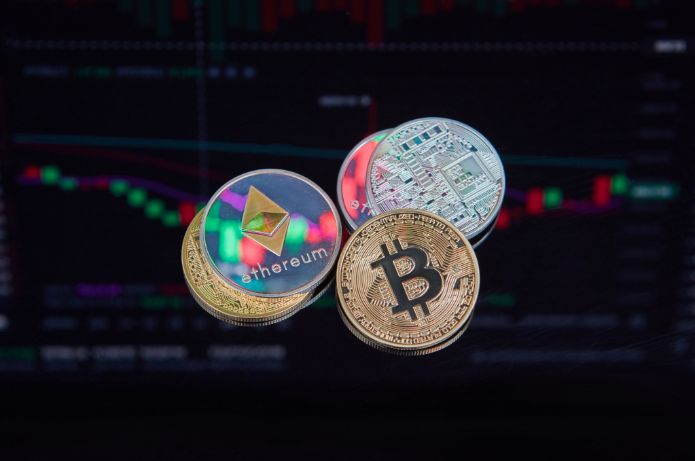The advancement of digital payment methods has accelerated important changes in online consumer behavior in Brazil. No wonder the PIX — instant payment system implemented by the Central Bank of Brazil in 2020 — is consolidating its position as the preferred method for transactions in national e-commerce.
According to the study “Global expansion guide for high growth markets”, from Canadian Fintech Nuvei, by 2027 PIX will represent more than 50% of operations in the sector, surpassing the use of credit cards, which should correspond to 27% of transactions.
In 2024, this type of payment already accounted for 40% of transactions in Brazilian e-commerce. Its popularity is due to the speed, practicality and absence of fees for consumers — characteristics that made it especially attractive to unbanked people or with limited access to traditional financial services.
the introduction of innovations such as the pix by approximation, released by the Central Bank in February 2025, promises to further boost this trend. The functionality allows consumers to make payments only by bringing the cell phone closer to the machine, similar to the use of contactless cards, making transactions even more agile and intuitive.
Meanwhile, other payment methods show variations in their market share. Digital wallets, for example, accounted for 7% of payments in e-commerce in 2024 and are expected to represent 6% by 2027. The use of bank slips remains in decline, with an expectation of a drop of 8% for 5% in the same period.
Rebecca Fischer, co-founder and Chief Strategy Officer (CSO) gives divibank, explains that these changes reflect the rapid adaptation of Brazilian consumers to technological innovations in the financial sector. “The growing preference for PIX shows the search for more efficient and affordable payment solutions, indicating a significant transformation in the online shopping behavior in the country. Needing to copy and paste codes or open the bank’s application The more fluid experience reduces steps in the checkout process and, according to industry experts, can contribute to the increase in conversion rates, especially in purchases made via mobile devices”, he says.








